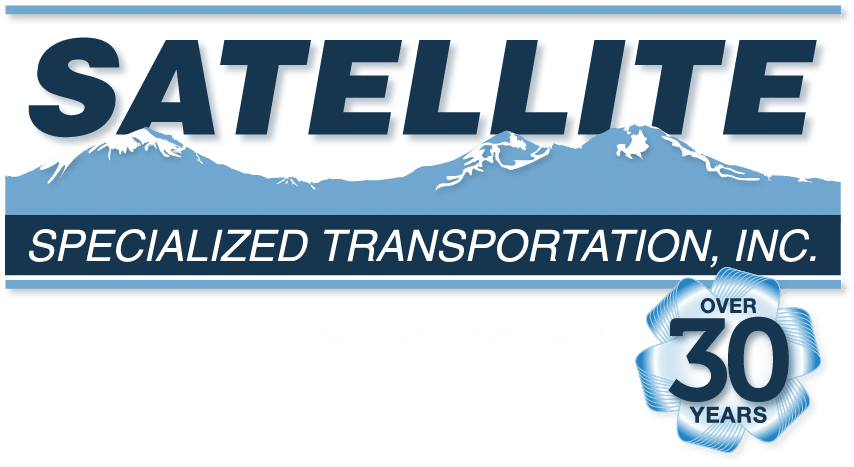Ocean Freight Shipping is a cost-effective solution for shipping goods across the seas from continent to continent
Water transportation is used when the transportation time is not the customer’s top priority and when goods are non-perishable. This method is commonly used when transporting full containers or heavy freight.
Ocean freight shipping includes a couple of types of services:
The first one is FCL (full container load) and the second one is LCL (less than container load). As the name suggests, FCL is a fully loaded container. However, when there is not enough cargo for a full container, a business can benefit from less-than-container load (LCL) services. LCL helps to optimize the transit time, while also minimizing the cost. Another benefit of LCL is that it keeps the goods moving, because they can be sent as soon as they are ready rather than waiting until the container is full.
Ocean freight shipping uses special ships known as cargo ships or cargo carriers. Cargo ships can be distinguished by the type of cargo they carry. The different types of cargo ships are categorized according to their use. Tankers carry liquid cargo, such as petroleum. Container ships are standardized and utilize containers that are usually either 20 or 40 feet in length. These ships are moderate-sized merchant vessels built for speeds of greater than about 20 knots. Barge-carrying ships are an extension of container ships. In these ships, the container itself is a floating vessel, usually about 60 feet long by about 30 feet wide. Roll-on/roll-off ships are especially designed for the carriage of wheeled cargo. And, dry-bulk ships are often used for carrying ore, coal, and grains.
Ocean freight shipping is the core of import/export and logistics. A major benefit of ocean shipping is that every material can be transported, from automobile components to electronic equipment to printed material. Automobile manufacturers take advantage of ocean and maritime transport for shipping their vehicles and often receive a bulk transport discount.
Small businesses that need to ship products by sea sometimes face a confusing array of options, vendors, and regulations. The solution is that many shipping companies have an agent or a freight shipper (broker), who helps coordinate freight shipping, as well as finding the right information. A freight shipper compiles the costs of ocean shipping into a single entity which includes freight shipping cost, customs fees, insurance, and handling charges.
Always check that the freight shipper carries “errors and omissions” insurance in case the carrier’s insurance policy doesn’t cover loss or damage during the shipment of the goods. Also, make sure the ocean freight company is licensed by the Federal Maritime Commission for ocean shipping. Finally, discuss all freight shipping terms and conditions in a non-technical manner with the freight shipper prior to shipping.
You benefit from our experience in delivering effective solutions to the complex global supply chains of some of the world’s biggest corporations.
You benefit from every innovation, whether it involves a simple extension to our Air and Ocean Freight products, whether it means a development in warehousing.
All of which explains why you’ll find the team of outstanding support at TransCargo ready to apply their passion for solutions in support of your business.

